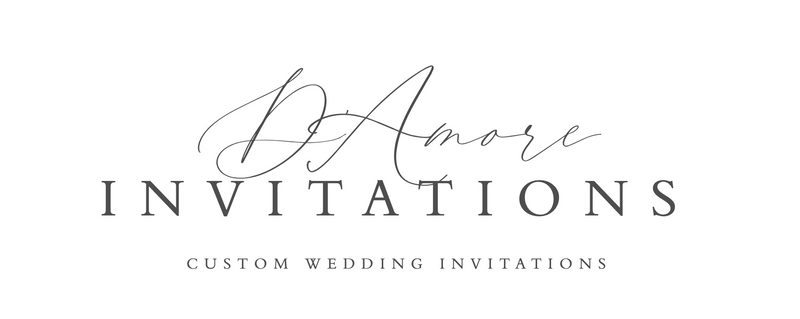Printing Process
There are many ways to put ink on paper.
But aside from the overwhelming choices between colors, text and designs whizzing round your mind, there is a more fundamental decision to make: which printing process is right for your stationery?
Read on to find out more about the exquisite results that can come from our range of traditional and contemporary printing techniques.
Engraving
Engraving sets the standard for print quality, and crane sets the standard for engraving. Engraving creates finely detailed lettering and designs, with slight indentations on the reverse side of the paper; all conveying an unspoken message of timeless distinction. Text and design are etched into a copper engraving plate called a die. Ink is applied to the die and wiped off the surface but the remains in the engraved cavity. A counter, cut to approximately the size of the engraved letters, concentrates the pressure of the press, forcing paper into the etched cavity of the die. Engraving is used for all types of stationery. Simply put, by choosing engraving, you can be sure that it will be the finest quality. Want to learn more?
Thermography
Sometimes referred to as "imitation engraving", thermography produces an effect similar to engraving in that it can be felt on the surface of the paper. Thermography involves adding a resinous powder to the printing ink which is then heated and dried. Because it does not require the creation of an engraved plate, thermography is less expensive and faster than engraving, though lacks some of its sharp definition and rich luster. Speed of delivery and price make thermography a natural choice for business cards, programs, menu cards, invitations, informal stationery, and greeting cards. Want to learn more?
Letterpress
Wonderfully tactile and simply exquisite, letterpress printing has a rich, warm feel that one can't help but appreciate. Colors appear deep and rich in tone, with a luxurious matte finish. Type and motifs are set in reverse on a letterpress plate which is then inked and pressed onto the surface of the paper. The pressing process transfers the ink and leaves a deep impression on the paper creating a three-dimensional print. The nature of the printing demands a high quality, and generally heavier weight paper that will not tear or thin when pressed. Letterpress offers a contemporary sophistication that works on all types of stationery and invitations. It is a perfect option for featuring bolder font choices and designs rich in color. Want to learn more?
Embossing
The simple, no-ink elegance of embossing contributes to its timeless appeal and makes it very easy to distinguish from other types of printing. Embossing, or blind embossing, is similar to engraving in that a raised image is created by pressing paper onto a copper plate. But unlike engraving, no ink is used in the process. Instead, the raised image stands on its own on the page. Embossing can add an elegant, contemporary touch to all types of stationery. Its subtlety lends itself well to business and personal stationery, including letterhead, business cards, and personalized correspondence cards. Want to learn more?
Debossing
Essentially the opposite of embossing, debossing involves pressing a design or lettering into the surface of paper using a die, creating a recessed or sunken impression. Debossing can be multi-dimensional, giving several steps or layers of depth, for beautiful, rich effect. Principally used for design details, debossing can add an extra layer of texture and interest to your personalized stationery or invitations. Want to learn more?
Foil stamping
Shiny and lustrous, foil stamping can make a glittering impression for special projects. The most commonly associated color with foil stamping is gold, but other popular choices include rose gold, silver, black, and pearl white. Bold colors also make a stunning impression when foil stamped. Made of metal or other colored materials, the foils are transferred through a heated stamping process onto paper. Metal dies heat the foil and the pressure adheres the foil to the paper. Foil stamping is an ideal option for wedding and event invitations and holiday cards. Want to learn more?
Digital printing
Digital printing is what you’re doing in your office day in, day out, but at a professional printing press, the printers take this technique to another level. Unlike traditional printing, digital printing sprays the ink directly onto the paper rather than imprinting it. The printer takes the design and, with a full understanding of the entire range of colors included, can create a remarkably accurate physical reproduction of the image. Digital images tend to have flat, one-dimensional appearance, however the rich colors provided by a high-end printing system more than make up for the difference. Digital printing is a fast, affordable method of printing ideal for full-color, photo cards, and other short run projects. Want to learn more?
.
Lithography
Lithography, also known as flat printing, is a printing technique well suited for large print runs, like some of our boxed stationery products. The most common but least distinctive printing technique, lithography is created by ink applied to a flat printing plate. Its uncomplicated nature makes it a generally more affordable option. Want to learn more?

